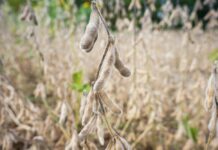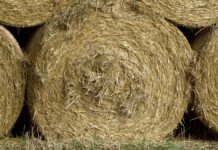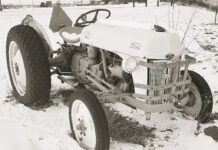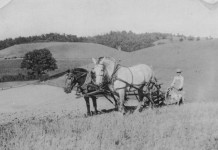By Katherine Shearer
As summer approaches, farmers must prepare for the potential return of Clostridial Myositis, commonly known as blackleg. This fatal disease primarily affects cattle, especially healthy calves 6 to 12 months and sheep.
Blackleg is caused by the bacterium Clostridium chauvoei, which forms spores that thrive in anaerobic environments, such as the soil of grazing pastures.
These spores can persist in healthy soils for up to a decade or more. Besides soil, bacterium can also be found in water and the digestive tracts of living or deceased livestock who were infected.
Identifying infected livestock. Blackleg progresses rapidly, taking only 12 to 24 hours to be fatal after ingestion of the spores. Lameness, swelling, fever, depression and sudden death are typical. The disease often progresses rapidly, sometimes with no visible signs before death. The disease targets the muscular and skeletal systems, reducing oxygen flow to the muscles, which causes swelling and pain. This bacterium causes the muscles in the body to die from the lack of oxygen, which then causes the muscles to appear black, hence the name blackleg. While blackleg is not prevalent in adult cattle over the age of 2, it is still possible.
Vaccination is highly recommended to protect livestock from blackleg and other clostridial diseases. A multivalent vaccine, such as an eight-way vaccine, can be used to safeguard cattle against clostridial organisms.
Calves should start receiving vaccinations for blackleg at the age of 4 to 5 months. Up until this point, they are protected by the colostrum from the cows that the calves receive shortly after birth. To maintain protection, it is recommended to vaccinate calves every 6 months.
For cattle that have already succumbed to this disease, their bodies should be either burned or buried deep with quick lime (calcium oxide) to prevent the bacteria from spreading or regrowing, thereby protecting other calves.
Ensuring early detection and prompt action is crucial to managing this disease effectively.
By taking preventive measures and being vigilant, farmers can significantly reduce the risk of blackleg in their livestock this summer season.
(Katherine Shearer is an intern with Ohio State University Extension in Jefferson and Harrison counties.)













